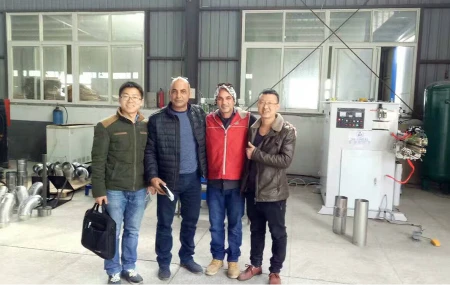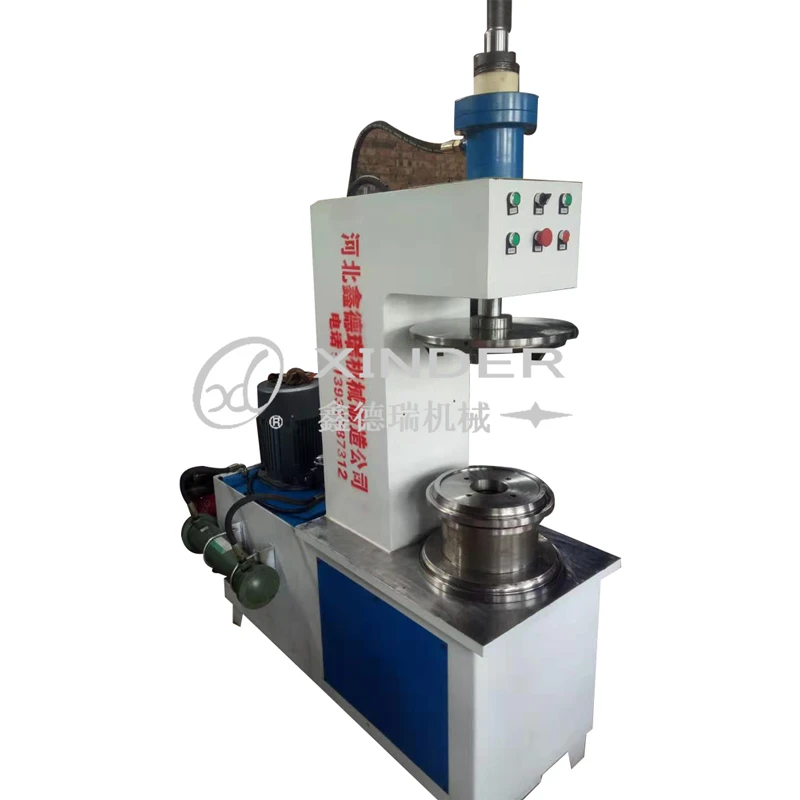-
 8613931787312
8613931787312 -
 Botou Industrial Zone on the east side of National Highway 104, Botou City, Hebei Province
Botou Industrial Zone on the east side of National Highway 104, Botou City, Hebei Province
- Afrikaans
- Albanian
- Amharic
- Arabic
- Armenian
- Azerbaijani
- Basque
- Belarusian
- Bengali
- Bosnian
- Bulgarian
- Catalan
- Cebuano
- Corsican
- Croatian
- Czech
- Danish
- Dutch
- English
- Esperanto
- Estonian
- Finnish
- French
- Frisian
- Galician
- Georgian
- German
- Greek
- Gujarati
- haitian_creole
- hausa
- hawaiian
- Hebrew
- Hindi
- Miao
- Hungarian
- Icelandic
- igbo
- Indonesian
- irish
- Italian
- Japanese
- Javanese
- Kannada
- kazakh
- Khmer
- Rwandese
- Korean
- Kurdish
- Kyrgyz
- Lao
- Latin
- Latvian
- Lithuanian
- Luxembourgish
- Macedonian
- Malgashi
- Malay
- Malayalam
- Maltese
- Maori
- Marathi
- Mongolian
- Myanmar
- Nepali
- Norwegian
- Norwegian
- Occitan
- Pashto
- Persian
- Polish
- Portuguese
- Punjabi
- Romanian
- Russian
- Samoan
- scottish-gaelic
- Serbian
- Sesotho
- Shona
- Sindhi
- Sinhala
- Slovak
- Slovenian
- Somali
- Spanish
- Sundanese
- Swahili
- Swedish
- Tagalog
- Tajik
- Tamil
- Tatar
- Telugu
- Thai
- Turkish
- Turkmen
- Ukrainian
- Urdu
- Uighur
- Uzbek
- Vietnamese
- Welsh
- Bantu
- Yiddish
- Yoruba
- Zulu
Precision CNC Pipe Cutting Machines High-Speed & Cost-Effective
- Market transformation statistics for pipe fabrication
- Core advantages of modern tube cutting automation
- Comparison of top manufacturer specifications
- Customization scenarios for specialized applications
- Industry implementation case studies
- Price-performance analysis factors
- Future development trajectories

(cnc pipe cutting machine)
Revolutionizing Fabrication with CNC Pipe Cutting Machines
The manufacturing landscape has transformed significantly since CNC pipe cutting machines entered industrial production. A recent Fabrication Technology Institute report indicates a 47% productivity surge in metalworking facilities utilizing these systems. Unlike manual alternatives, automated CNC solutions eliminate measurement inaccuracies while achieving precision within ±0.1mm. Industries from oil pipelines to architectural structures now rely on their consistent output, especially for complex angular cuts on materials like stainless steel, aluminum, and titanium alloys. The technology continues evolving toward integrated Industry 4.0 capabilities.
Technical Superiority in Modern Fabrication
Advanced CNC pipe cutting machines incorporate multiple cutting technologies including plasma, laser, and rotary saw systems. High-frequency plasma torches reach temperatures exceeding 20,000°C, enabling rapid processing of thick-walled pipes up to 24-inch diameters. Sophisticated software automatically calculates nesting optimization to reduce material waste by 15-22% compared to manual layouts. Integrated vision systems scan pipes for dimensional irregularities before cutting, while simultaneous 6-axis movement facilitates compound miters in single setups, reducing secondary operations by approximately 70%.
Manufacturer Technology Comparison
| Manufacturer | Cutting Tech | Max Pipe Ø | Cutting Speed | Software |
|---|---|---|---|---|
| BLM Group | Laser/Plasma | 24 inches | 120 in/min | CPM-TUBE |
| Mazak | High-Def Plasma | 30 inches | 150 in/min | MAZATROL |
| TRUMPF | Fiber Laser | 20 inches | 200 in/min | TruTops Boost |
| ESAB | Dual Torch Plasma | 32 inches | 100 in/min | Lynx Mobile |
Recent benchmarking by Global Fabrication Review demonstrated Mazak's configuration reduced processing time per joint by 35% compared to industry averages, while TRUMPF systems achieved the smallest kerf width at 0.4mm. Productivity metrics consistently favor solutions featuring collision avoidance technology and tool changer integration.
Customization for Specialized Requirements
Leading suppliers accommodate unique project requirements through specialized modifications. Offshore drilling operators require pressurized chamber systems capable of cutting pipe submerged in inert gas during operations. Aerospace applications demand vibration-dampened machines handling titanium alloys at micron-level precision. Modular architectures allow integration of supplemental features including automated material handling, marking lasers, and remote diagnostics. Specialized chuck configurations can process irregular profiles including oval conduits and asymmetrical structural members.
Industry Implementation Success Stories
Petrochemical giant Shell deployed custom CNC plasma cutters across 12 refineries, achieving 50% reduction in pipe fitting installation time through precise compound-angle cutting. Wind turbine manufacturer Vestas credits automated cutting centers for eliminating weld gaps in support towers, increasing structural integrity by 18%. Architectural fabricator Metalplex leveraged 8-axis machines to create complex sculptural elements for the Dubai Frame observation deck, handling 6,000 unique profile shapes with zero manual rework.
Investment Value Analysis
Entry-level CNC pipe cutting solutions begin at approximately $85,000, while advanced configurations with integrated automation reach $500,000+. The ROI calculation for a $220,000 mid-tier system shows: 24-month payback periods are common in facilities processing 8,000+ pipe sections monthly. Energy consumption constitutes just 12-15% of operational costs, significantly lower than laser alternatives. Strategic buyers evaluate spindle longevity ratings (typically 12,000-15,000 operating hours), software upgrade paths, and available service packages.
Future Development in CNC Pipe Cutting Systems
Next-generation cnc pipe cutting machine
innovation focuses on AI-driven predictive maintenance and cloud-based collaboration. Systems under development at leading institutions like Fraunhofer Institute incorporate real-time spectral analysis during plasma cutting to immediately detect material composition variances. Major manufacturers anticipate machine learning adaptation will decrease material waste by an additional 9-12% before 2025. As global infrastructure demands grow, these advancements position the cnc plasma pipe cutting machine as indispensable in fabrication workflows.

(cnc pipe cutting machine)
FAQS on cnc pipe cutting machine
Q: What is the difference between a CNC plasma pipe cutting machine and a standard CNC pipe cutting machine?
A: A CNC plasma pipe cutting machine uses plasma torches for high-speed cutting of conductive metals, while standard CNC pipe cutting machines may employ lasers, saws, or routers for diverse materials. Plasma variants excel in speed for thick metal pipes, whereas standard machines offer versatility for non-metallic materials.
Q: What factors affect the price of a CNC pipe cutting machine?
A: Key factors include cutting technology (plasma, laser, etc.), machine size, automation level, brand reputation, and additional features like multi-axis control. Higher precision systems and advanced software integration typically increase costs.
Q: Why choose a CNC plasma pipe cutting machine for metal pipe fabrication?
A: CNC plasma models provide fast, cost-effective cutting for thick-walled metal pipes with minimal heat distortion. They offer superior speed compared to mechanical saws and handle complex shapes efficiently through programmable designs.
Q: How often does a CNC pipe cutting machine require maintenance?
A: Basic maintenance like lubrication and part inspections should occur weekly, with thorough system checks every 500 operating hours. Plasma torch consumables may need monthly replacement depending on usage intensity.
Q: What is the price range for industrial-grade CNC pipe cutting machines?
A: Entry-level models start around $25,000, while mid-range systems with plasma capabilities range from $50,000-$100,000. High-end multi-axis laser cutting machines can exceed $250,000 depending on configuration and automation features.
-
Understanding Automatic Seam Welding Machines: A Game Changer in Welding TechnologyNewsJul.18,2025
-
Revolutionizing Packaging: The Role of Welding Machines in Steel and Tin Can ManufacturingNewsJul.18,2025
-
Precision in Motion: Exploring Seam Welding Machines for Industrial FabricationNewsJul.18,2025
-
Mastering Precision Bending: A Guide to Tube Benders and Their TypesNewsJul.18,2025
-
Inside the World of Barrel Manufacturing: Machines, Lines, and CostsNewsJul.18,2025
-
Exploring the Technology Behind Elbow Bending Machines in Pipe ManufacturingNewsJul.18,2025
-
Unlocking the Power of Light: Exploring Modern Laser Welding SolutionsNewsJul.15,2025
-
 Pneumatic Handle Welding MachineSep . 13, 2024
Pneumatic Handle Welding MachineSep . 13, 2024 -
 Fully Automatic Kaiping Production LineOct . 17, 2024
Fully Automatic Kaiping Production LineOct . 17, 2024 -
 Fully Automatic Metal Bucket Lifting HeadphonesSep . 14, 2024
Fully Automatic Metal Bucket Lifting HeadphonesSep . 14, 2024

